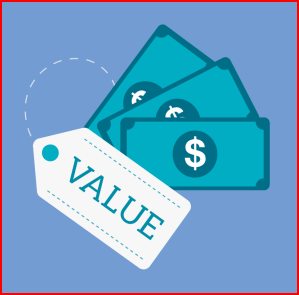MAP PRICING ( minimum advertised price)

MSRP has been around for ages. As consumers, we’ve been conditioned to see it as the default, so we’re a bit shocked when we encounter something different. Especially when that “something” feels a lot less convenient. Enter MAP, or Minimum Advertised Price.
While many furniture brands operate on an MSRP price strategy, others use MAP, IMAP, or MRP pricing (we’ll discuss the others in detail below). In contrast to MSRP, MAP is when a manufacturer limits the minimum price that can be advertised by their retailers. When you see “Call for Price”, you are likely encountering a MAP or IMAP pricing model.
Rules about minimum advertised price apply equally to retailers’ websites, email promotions, print ads, TV spots and more. Unlike MSRP, MAP pricing can be enforced by the manufacturer. For instance, if a store advertises prices below the agreed upon MAP, the vendor can refuse to do business or even take legal action. That being said, the store can sell at a lower price if they wish – they just can’t advertise below the established MAP.
In this case, what are the retailer’s options? Well, there are really only two. The store can always show the MAP – which may be higher than the actual asking price. Or alternatively, they can ask customers to “Call for Best Price”. Given two less-than-ideal choices, retailers often choose the latter. This is the number one reason why furniture stores in particular can’t always display their lowest price online.
Our prices here at Casual are usually below MAP so we do not or in most cases CANNOT publish our best actual selling pricing on our site . As a consumer it is more advantageous to call / email or come to our store for our best price. With our volume buying and in house manufacturing , you can rest assure you are getting the best pricing structure in the industry.

